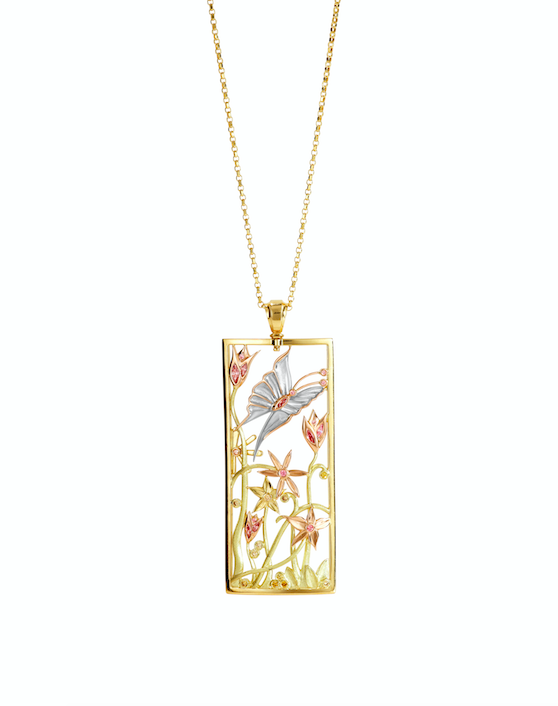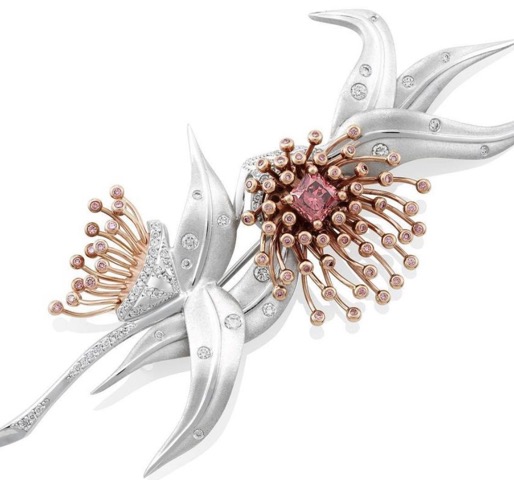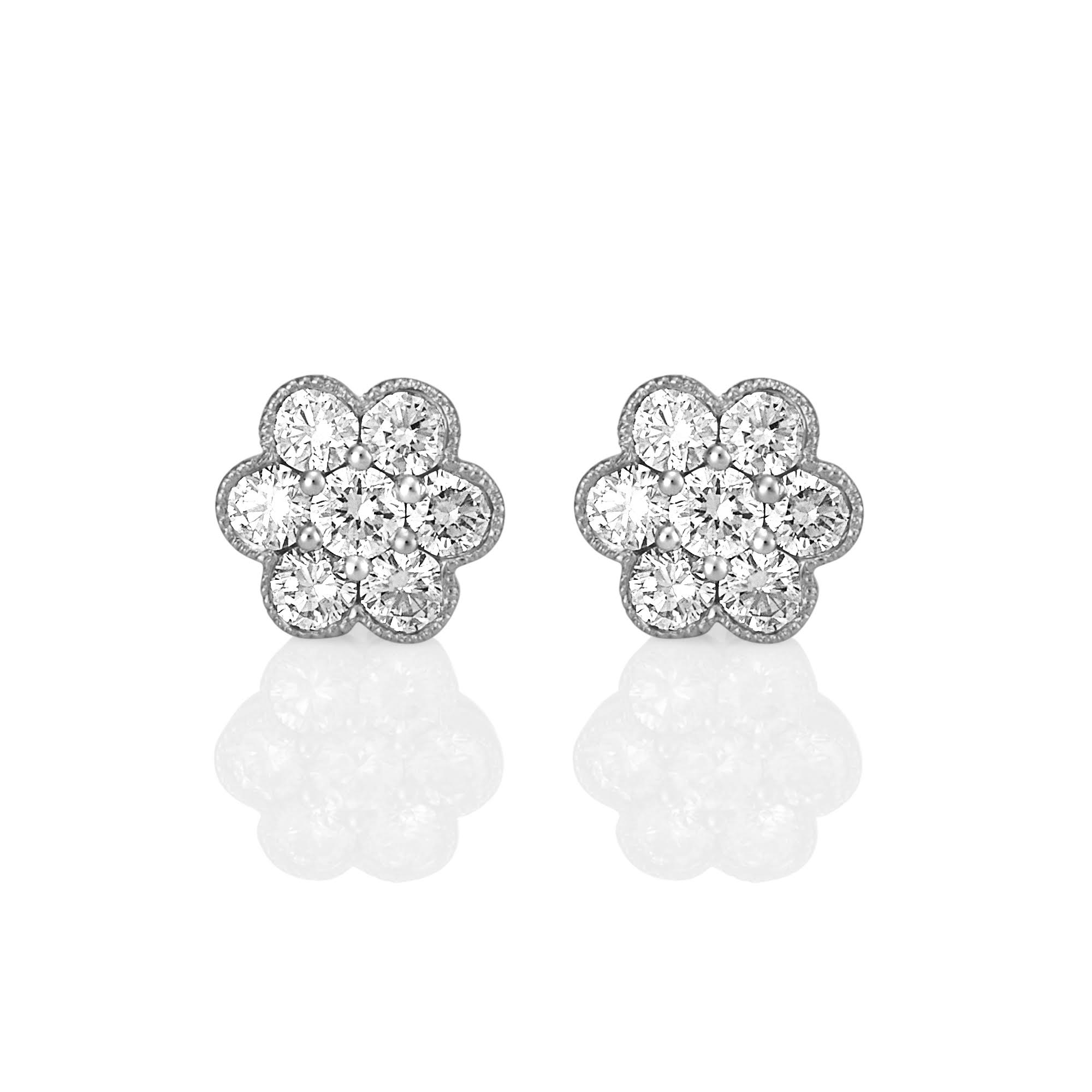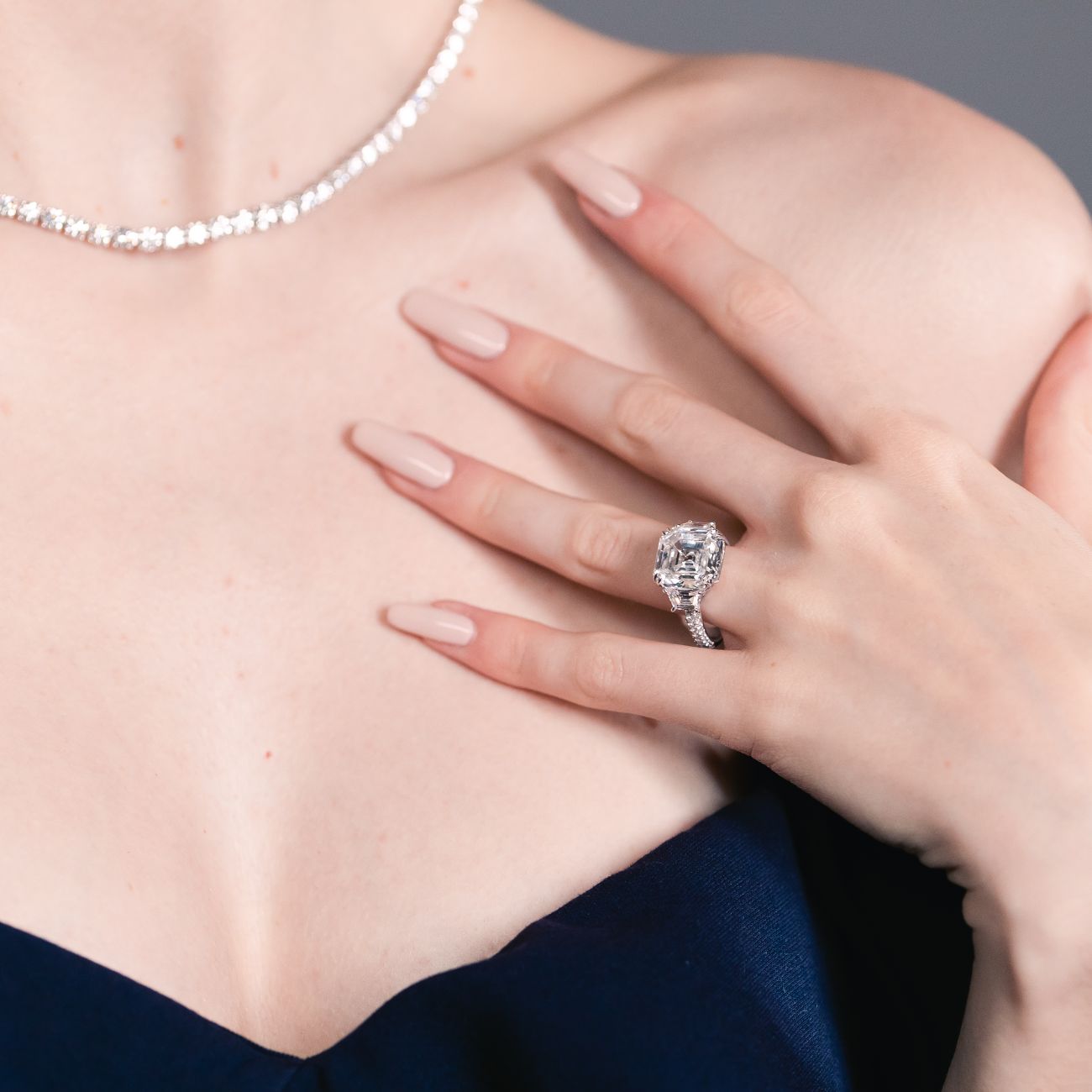Diamonds were first discovered in and around Indian rivers.
Diamonds were a valuable commodity. Diamond drill-marked beads dating from the 4th century BC have been discovered in Yemeni archaeological sites.
In the 13th and 14th centuries, diamonds first appeared in European jewellery. The initial attempts to polish the natural features and faults of the diamond occurred sometime about 1330 in Venice, the early European diamond trading hub. The diamond trade route extended through Bruges and Paris by the end of the 14th century, and then to Antwerp. In 1499, Vasco da Gama discovered the maritime route to the Orient around the Cape of Good Hope, allowing Europeans to bypass the overland route and travel directly to India. From Goa to Lisbon to Antwerp, a diamond route was constructed, allowing a yearly import of 1000 to 2000 carats until 1725.
The oldest document showing the existence of the Antwerp diamond trade dates from 1447. The Scaif, developed by Lodewyk van Berken in 1475, is the first diamond polishing wheel infused with a mixture of olive oil and diamond dust. It introduces the idea of absolute symmetry in facets placement. Benvenuto Cellini mentions diamond polishing equipment for the first time in 1565.
Diamonds were once only worn by male kings. After a while, other notable men began to wear them as well. Rubens, the well-known Flemish Baroque painter, possessed and wore a number of diamonds. Women did not begin to wear diamonds until much later, in the 15th century. Agnès Sorel, the mistress of French King Charles VII, was a trailblazer in this regard. Her lover presented her with a diamond.
In 1477, Maximilian of Austria gave Maria of Burgundy the first diamond engagement ring, symbolising eternal love. Their example was followed by the entire world.
When compared to Antwerp in the 16th century, few cities could ‘cut it.’ Because it was the world’s largest commerce centre, its port welcomed 40% of global trade, with the diamond industry playing a prominent role. Since then, the city has managed to maintain its dominance in the global diamond trade.
New diamond deposits were discovered in Brazil in 1725, resulting in a major increase in production.
Imports to Lisbon range from 1000 to 2000 carats per year. These volumes remained relatively constant until 1867, when secondary reserves in South Africa were identified. The first primary deposits were discovered in Kimberley around 1870. Rough diamond production has steadily increased since then: 1877 = 1,8 million carats; 1892 = 3 million carats; 1913 = 6 million carats. In 1949, Russian resources in Siberia were discovered, bringing world production up to 15 million carats.








